We are what we eat, and food is around us not just to shape and fuel our bodies, but it is intertwined in our history, religion and culture. We celebrate with food, and we live with food. Throughout history, food photography has been there since photography originated in 1826.
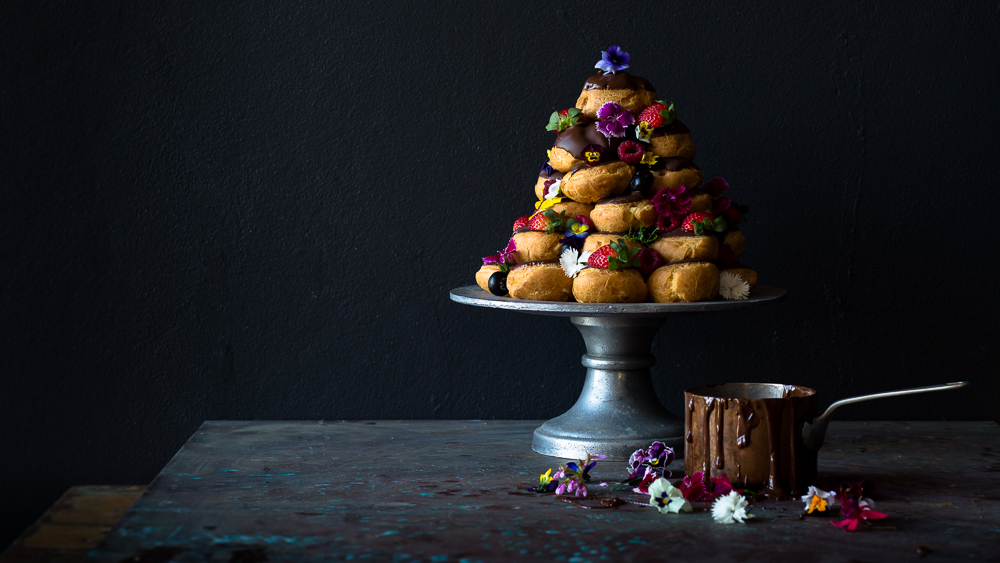
Early 19th-century food images where predominately based on paintings and followed their rules of composition and aesthetic — peaches for fertility, grapes to symbolise the Greek gods and apples as forbidden fruit.
Food photography was first used to illustrate recipes, not the ones used for home cooking but food for chefs representing gastronomy and indulgence.
Showing off colour printing techniques and elaborate French cuisine technique went hand in hand.
(Le Livre de Cuisine 1869).
It is followed by home cooking books in early 1900, depicting a perfect and tidy life.
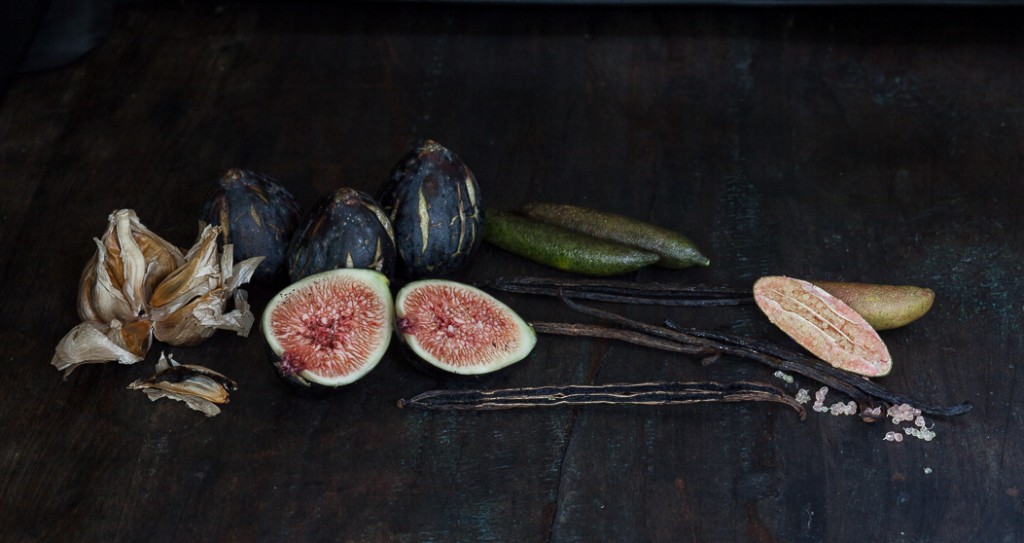
With the rise of more affordable colour printing, lifestyle magazines and booklets accompanying new equipment, think pressure cookers, stand mixers and crockpots, became more and more in demand featuring large colourful pictures of food. These booklets and magazines demanded perfectly styled food photographs. With the technique of those days, food photography resulted in long days in the studio with the food exposed to hot lights. From this, the myths that all food, styled for a photo session is made from hairspray and soapsuds and no longer edible arose. The food-sets were not just about the food; the scenes were made complete by tableware, napkins, garnishing and props to tell a story.
A rise of celebrity chefs and foodie culture and cookbooks spurred. Restaurants and TV chefs were producing their cookbooks. The photography in these books became dominant, but the approach to style was much more relaxed. The food you wanted to eat instead of overly styled. Food stylists using more natural ingredients and photographers shooting faster thanks to digital and food was no longer exposed to lights for hours.
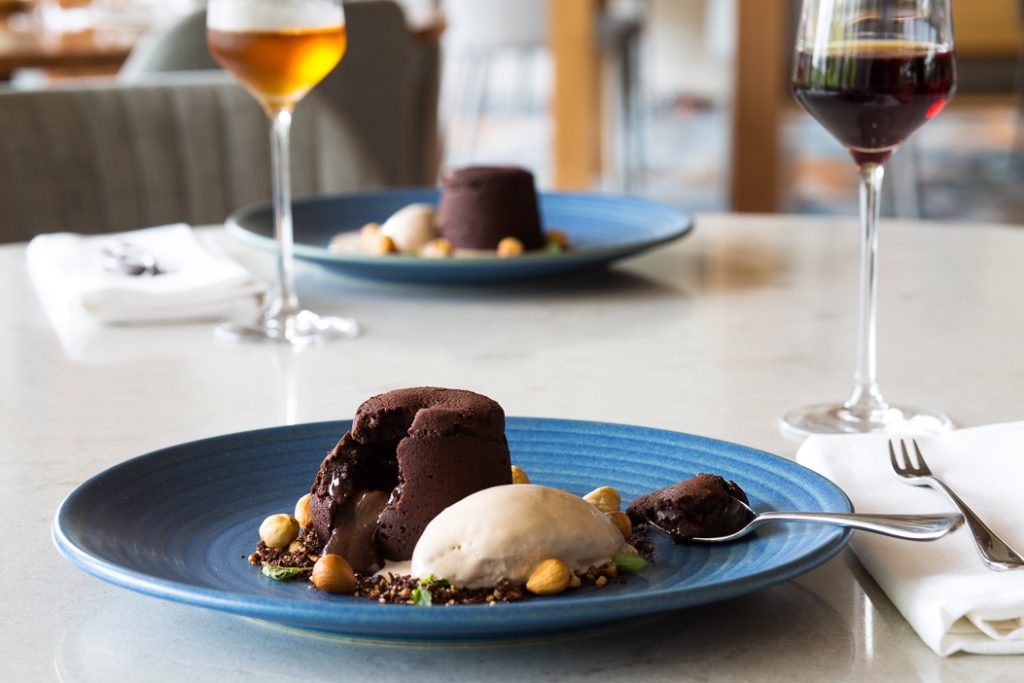
Different styles in food photography have developed towards a way of depicting certain scenes in a particular light. We associate either very light or very dark food photography with specific seasons, celebrations or special foods. We, as the photographer and or stylist, can play along with these styles by using of light or absence of light to create new dimensions to our food photography.
And with the evolution of food photography, we also see the evolution of style, technology, politics, media and even home cooking. We are reminded over and over that everything new is hardly ever new.
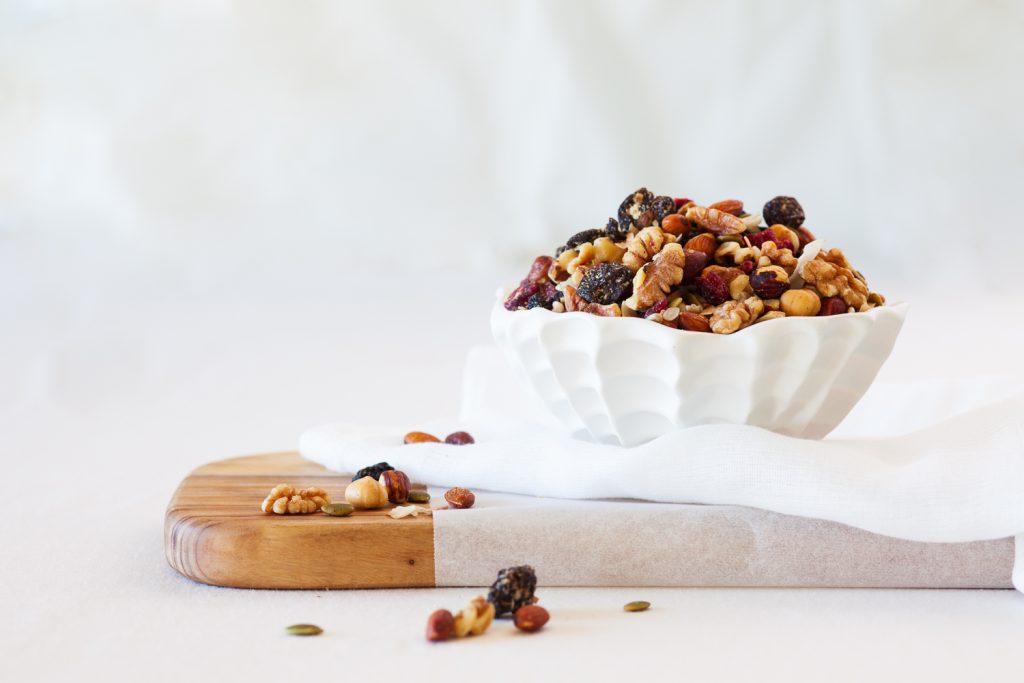
Developing your photographic eye into an understanding of composition is something every photographer should do. No expensive equipment is required to learn and see composition around us. for some, it might come naturally for others; it takes some time to develop. Regardless of whether you are a natural or need to work a bit, it is good to know the basic rules of composition.
Throughout history, painters, sculptors, architects and mathematicians have implemented these rules, and they have become a way of how we appreciate the beauty of things around us.
A balanced food photograph is set up out of several, sometimes many elements. These elements we place in specific positions to take more energetic and more engaging images. Some elements will be the main object, while others are there to support the main object. Or the objects are placed in a certain way that enhances a pleasant feeling when looking at the photograph.
Predominately in food photography, we are working towards an image that evokes the sense of “want to eat” or “just sooo beautiful”.
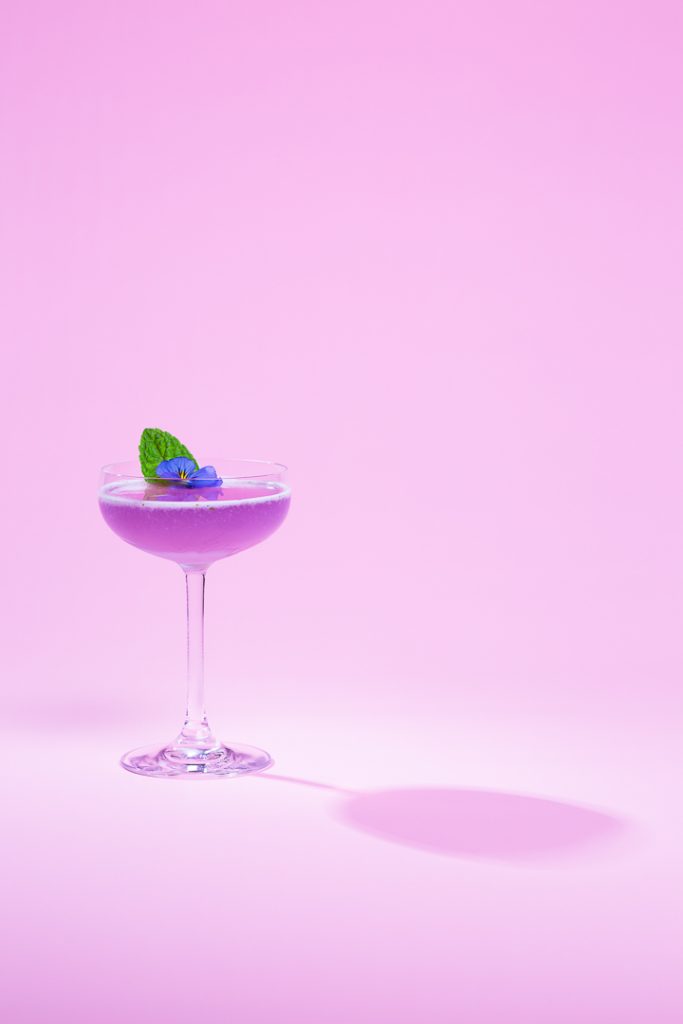
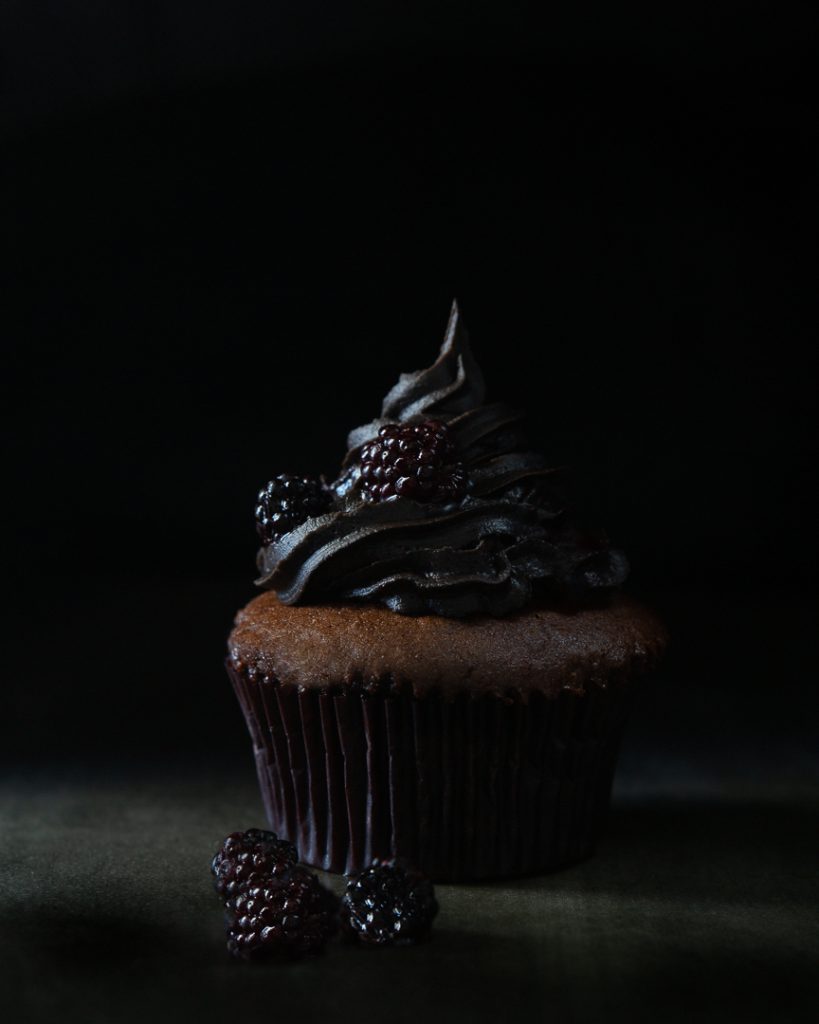
2. Concept
Conceptualising your photo shoot is a good habit, it is good practice to introduce this habit before you become a professional photographer. Learning how to draw inspiration from images and materials and being able to communicate this with your clients is an important skill to learn.
3.Plan
Prepare your photoshoot, most of the work will be in developing the idea, sourcing the props and ingredients. Create mood boards to work towards your style and colour scheme, what type of light should be used, and how can you create it.
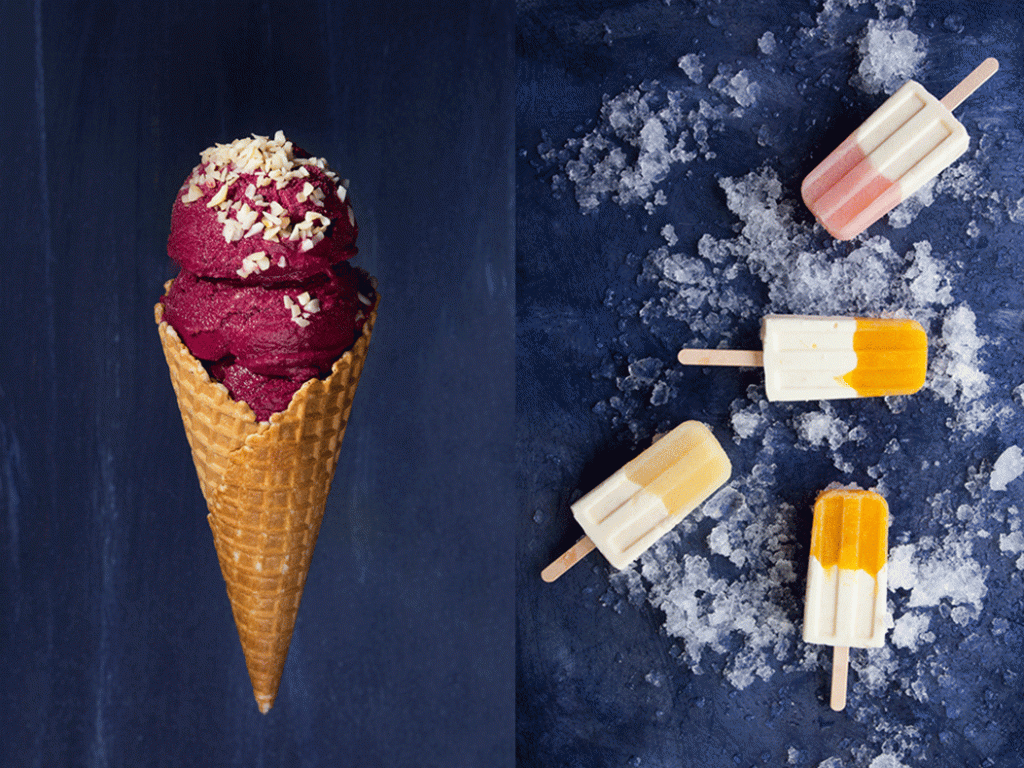
4.Composition
Learn to develop your photographic eye by looking at other work, These can be art or photography. The composition is key to a great photograph.
5.Light
Experience with the light set up a food set that doesn’t deteriorate immediately. Then play with light to create a high key image, or with the same set see how you can eliminate light to end up with a low-key moody image.
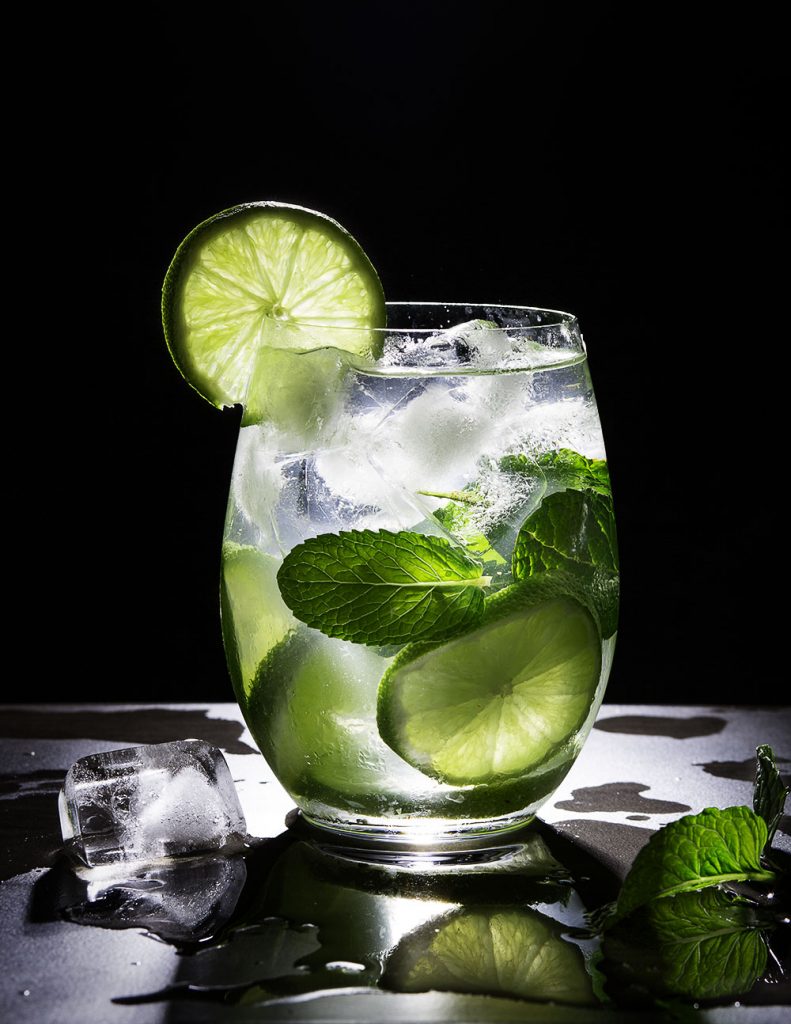
6.Tell a story
When you can smell the image, it is a food photo, when you can tell the origin it tells a story. Characterful chipped plates may tell a family history. Misshapen heirloom carrots show a veggie garden.
7.Refine your images
Editing programs like Lightroom and photoshop are there to refine your work. A few simple basics can bring clarity and vibrancy back into your photograph.
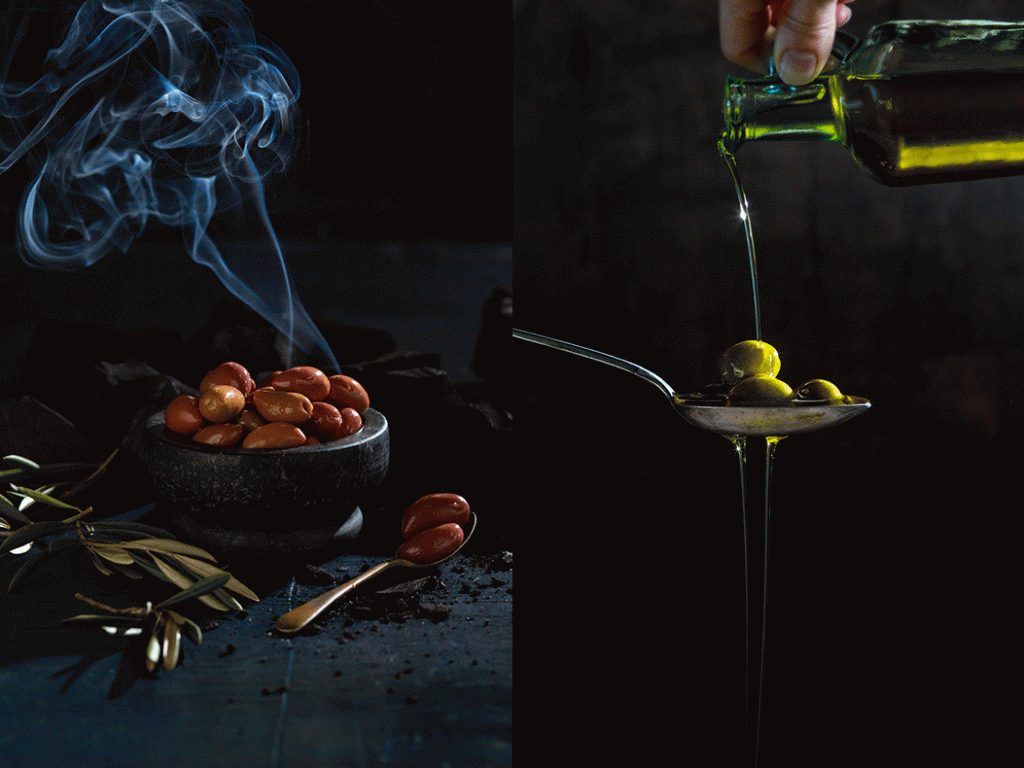
8.Know your equipment
A tripod is crucial when styling and prepping your food set. It allows you to keep the same camera point while having your hands free to adjust minor details in your food set. The tripod also allows you to use longer shutter speed, so you can play with natural light. Using a variation of lenses, what is the effect and how do I get that shallow depth of field.
Learn to compose and shoot mouth-watering food shots with Le Cordon Bleu Online Learning. An intensive 4-week course that will help you learn camera basics, composition techniques and the art of using props to improve your storytelling skills, and deepen your understanding of how to use light to enhance your photographs. Join the Le Cordon Bleu Food Photography course today.